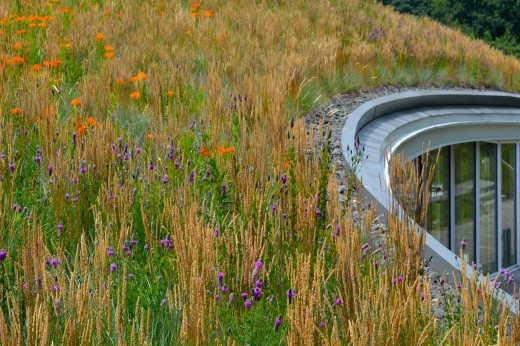Flatbush Avenue will be a leafier, shadier place for years to come thanks to a collaboration between Brooklyn Botanic Garden and NYC Parks. Twenty-eight new trees have been planted along the stretch of road that runs between the Garden and Prospect Park.
The strip had previously been lined with city trees, mostly Norway maples, but many had died without being replaced, leaving the sidewalk exposed to harsh sunlight and heat in the summer as well as noisy traffic and exhaust. The new planting includes American yellowwoods, coffee trees, and lindens that will provide a buffer zone between pedestrians and traffic and offer shade, especially as they mature and leaf out over time.
The Parks Department sent a selection of trees that were originally intended to be planted last year but had to be held due to the shutdown and were in need of a good home. The Garden developed the planting plan and will help care for the trees as they are established.
Native species will go on the northern end, alongside the Native Flora Garden, and a mix of nonnative species will stretch along the southern end. Including a diversity of different species will help protect the stretch from pests and diseases that tend to spread easily in monocultures.
Besides providing much needed shade in summer, urban trees also trap pollutants and mitigate the urban heat island effect through transpiration. Their root systems absorb excess rain during storms, which helps prevent sewer overflow.
“And, as all green things do, they will contribute to the ecosystem and to harboring various forms of wildlife that come through this area,” says Ronnit Bendavid-Val, BBG’s director of Horticulture. “We’re looking forward to seeing them in their new home and watching them grow.”
Video: BBG’s director of Horticulture, Ronnit Bendavid-Val on the benefits of these new street trees


